Sensors were installed last spring at Reactor 3 building, registered no shaking in this month’s 7.1-magnitude quake.
TEPCO
Estranged childhood friends, a blackout, and a mobile app are the perfect ingredients for a marvelous story line.
Tokyo Electric Power Company plans to use new visa rules to add foreign staff to its 2011 earthquake/tsunami cleanup efforts.
TEPCO seeks to redeem its reputation with the public by offering virtual tours of the site in Japanese and English.
Japanese net users upset over the power company’s use of a slang term commonly found in anime.
After a seven-year self-imposed TV ad suspension, company shows images of relaxed families and offers cute bunny character merchandise.
Lawsuit claims Tepco misled scale of 2011 Fukushima disaster, causing relief workers to be exposed to radiation.
On 16 March Tokyo Electric Power Comanpy (TEPCO) announced that they discovered a significant increase in power consumption during the early mornings of 20 and 21 February. Those times coincided with both the women’s short program and free skate events in which Mao Asada competed. In each case the increase in demand equaled the amount put out by an entire fossil fuel power plant.
It’s been three years since the March 2011 Tohoku earthquake and tsunami disaster swallowed up whole cities and caused one of the worst nuclear power disasters in history. For much of the world the devastating event is a distant memory – except for people in California who, for some reason, to this day think swimming in the ocean is going to give them three eyes or four boobs or something.
But for many living near the crippled Dai-Ichi Nuclear Power Plant, like the inmates at a Kagoshima City prison located within the nuclear evacuation zone, the Tohoku earthquake and the persistent effects of the subsequent nuclear disaster altered their lives forever; so says a former inmate who is formally suing TEPCO for emotional distress.
Recent tapes released have sent ripples across Japan’s news programs showing first-hand Tokyo Electric Power Company’s (TEPCO) handling of the Fukushima Disaster. Many were outraged over TEPCO management’s muddled communications with plant director, an increasingly frustrated Masao Yoshida.
Among the hours and hours of footage there’s one particularly odd incident in which one of the largest electric companies in Japan couldn’t seem to get their hands on a battery. In fact, it took about a 24 hours and trip to the hardware store to buy it while on the brink of meltdown.
According to a book recently published by Tomohiko Suzuki, a freelance journalist who went undercover as a laborer at Fukushima Daiichi Nuclear Power Plant for two months this year, people who were unable to repay loans from yakuza gangs were forced to work at the site as a means of repaying their debts. Tokyo Electric issued a refutal, calling the claim that organized crime would be allowed to influence the recruitment process “groundless”.
Read More


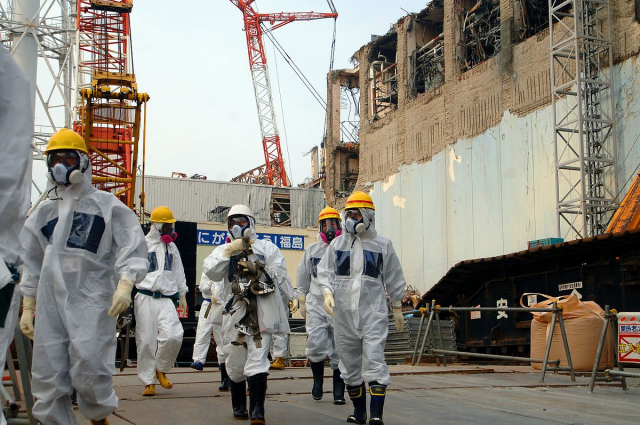
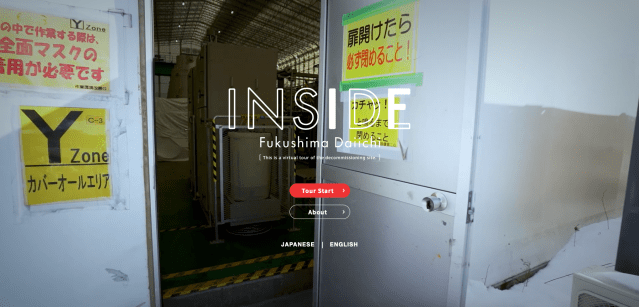
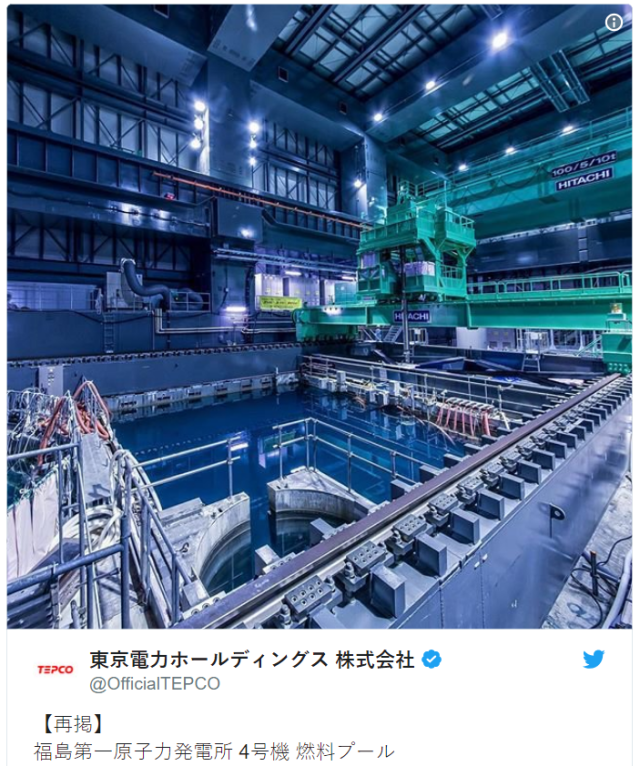



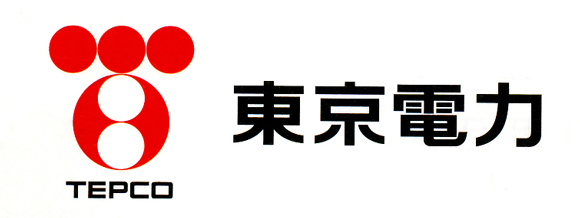
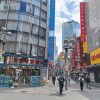 Foreigner’s request for help in Tokyo makes us sad for the state of society
Foreigner’s request for help in Tokyo makes us sad for the state of society Japanese city loses residents’ personal data, which was on paper being transported on a windy day
Japanese city loses residents’ personal data, which was on paper being transported on a windy day Seaside scenery, history, and so many desserts on Yokohama’s Akai Kutsu【Japan Loop Buses】
Seaside scenery, history, and so many desserts on Yokohama’s Akai Kutsu【Japan Loop Buses】 Ghibli Park now selling “Grilled Frogs” from food cart in Valley of Witches
Ghibli Park now selling “Grilled Frogs” from food cart in Valley of Witches Historical figures get manga makeovers from artists of Spy x Family, My Hero Academia and more
Historical figures get manga makeovers from artists of Spy x Family, My Hero Academia and more Suntory x Super Mario collaboration creates a clever way to transform into Mario【Videos】
Suntory x Super Mario collaboration creates a clever way to transform into Mario【Videos】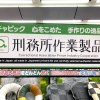 Akihabara pop-up shop sells goods made by Japanese prison inmates
Akihabara pop-up shop sells goods made by Japanese prison inmates Japan’s massive matcha parfait weighs 6 kilos, contains hidden surprises for anyone who eats it
Japan’s massive matcha parfait weighs 6 kilos, contains hidden surprises for anyone who eats it New adorable, two-color Vulpix airplane will take you to Hokkaido, not even for a limited time
New adorable, two-color Vulpix airplane will take you to Hokkaido, not even for a limited time Japan removes tour guide requirement for foreign tourists
Japan removes tour guide requirement for foreign tourists McDonald’s new Happy Meals offer up cute and practical Sanrio lifestyle goods
McDonald’s new Happy Meals offer up cute and practical Sanrio lifestyle goods Japanese ramen restaurants under pressure from new yen banknotes
Japanese ramen restaurants under pressure from new yen banknotes French Fries Bread in Tokyo’s Shibuya becomes a hit on social media
French Fries Bread in Tokyo’s Shibuya becomes a hit on social media Studio Ghibli releases new action figures featuring Nausicaä of the Valley of the Wind characters
Studio Ghibli releases new action figures featuring Nausicaä of the Valley of the Wind characters New private rooms on Tokaido Shinkansen change the way we travel from Tokyo to Kyoto
New private rooms on Tokaido Shinkansen change the way we travel from Tokyo to Kyoto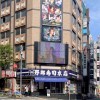 Red light district sushi restaurant in Tokyo shows us just how wrong we were about it
Red light district sushi restaurant in Tokyo shows us just how wrong we were about it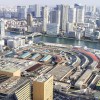 Tokyo Tsukiji fish market site to be redeveloped with 50,000-seat stadium, hotel, shopping center
Tokyo Tsukiji fish market site to be redeveloped with 50,000-seat stadium, hotel, shopping center All-you-can-drink Starbucks and amazing views part of Tokyo’s new 170 meter-high sky lounge
All-you-can-drink Starbucks and amazing views part of Tokyo’s new 170 meter-high sky lounge Beautiful Ghibli sealing wax kits let you create accessories and elegant letter decorations【Pics】
Beautiful Ghibli sealing wax kits let you create accessories and elegant letter decorations【Pics】 Studio Ghibli releases Kiki’s Delivery Service chocolate cake pouches in Japan
Studio Ghibli releases Kiki’s Delivery Service chocolate cake pouches in Japan New definition of “Japanese whiskey” goes into effect to prevent fakes from fooling overseas buyers
New definition of “Japanese whiskey” goes into effect to prevent fakes from fooling overseas buyers Our Japanese reporter visits Costco in the U.S., finds super American and very Japanese things
Our Japanese reporter visits Costco in the U.S., finds super American and very Japanese things Studio Ghibli unveils Mother’s Day gift set that captures the love in My Neighbour Totoro
Studio Ghibli unveils Mother’s Day gift set that captures the love in My Neighbour Totoro More foreign tourists than ever before in history visited Japan last month
More foreign tourists than ever before in history visited Japan last month New Pokémon cakes let you eat your way through Pikachu and all the Eevee evolutions
New Pokémon cakes let you eat your way through Pikachu and all the Eevee evolutions Sales of Japan’s most convenient train ticket/shopping payment cards suspended indefinitely
Sales of Japan’s most convenient train ticket/shopping payment cards suspended indefinitely Sold-out Studio Ghibli desktop humidifiers are back so Totoro can help you through the dry season
Sold-out Studio Ghibli desktop humidifiers are back so Totoro can help you through the dry season Japanese government to make first change to romanization spelling rules since the 1950s
Japanese government to make first change to romanization spelling rules since the 1950s Ghibli founders Toshio Suzuki and Hayao Miyazaki contribute to Japanese whisky Totoro label design
Ghibli founders Toshio Suzuki and Hayao Miyazaki contribute to Japanese whisky Totoro label design Doraemon found buried at sea as scene from 1993 anime becomes real life【Photos】
Doraemon found buried at sea as scene from 1993 anime becomes real life【Photos】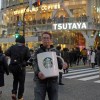 Tokyo’s most famous Starbucks is closed
Tokyo’s most famous Starbucks is closed One Piece characters’ nationalities revealed, but fans have mixed opinions
One Piece characters’ nationalities revealed, but fans have mixed opinions We asked a Uniqlo employee what four things we should buy and their suggestions didn’t disappoint
We asked a Uniqlo employee what four things we should buy and their suggestions didn’t disappoint Princesses, fruits, and blacksmiths: Study reveals the 30 most unusual family names in Japan
Princesses, fruits, and blacksmiths: Study reveals the 30 most unusual family names in Japan Suntory x Super Mario collaboration creates a clever way to transform into Mario【Videos】
Suntory x Super Mario collaboration creates a clever way to transform into Mario【Videos】 Akihabara pop-up shop sells goods made by Japanese prison inmates
Akihabara pop-up shop sells goods made by Japanese prison inmates Japan’s massive matcha parfait weighs 6 kilos, contains hidden surprises for anyone who eats it
Japan’s massive matcha parfait weighs 6 kilos, contains hidden surprises for anyone who eats it New adorable, two-color Vulpix airplane will take you to Hokkaido, not even for a limited time
New adorable, two-color Vulpix airplane will take you to Hokkaido, not even for a limited time Japan removes tour guide requirement for foreign tourists
Japan removes tour guide requirement for foreign tourists French Fries Bread in Tokyo’s Shibuya becomes a hit on social media
French Fries Bread in Tokyo’s Shibuya becomes a hit on social media Mt. Koya planning to instate visitor’s tax to cope with huge tourist numbers
Mt. Koya planning to instate visitor’s tax to cope with huge tourist numbers Red light district sushi restaurant in Tokyo shows us just how wrong we were about it
Red light district sushi restaurant in Tokyo shows us just how wrong we were about it We may never stop eating these rare deluxe apple pastries from Japan’s Chateraise sweets shop
We may never stop eating these rare deluxe apple pastries from Japan’s Chateraise sweets shop This year’s Revlon Lucky Bag is not only totally worth buying but easy to get, too
This year’s Revlon Lucky Bag is not only totally worth buying but easy to get, too Thailand’s Daiso is so different from Japan’s that they might as well be on different planets
Thailand’s Daiso is so different from Japan’s that they might as well be on different planets McDonald’s Japan brings out a new chicken burger with rice buns
McDonald’s Japan brings out a new chicken burger with rice buns